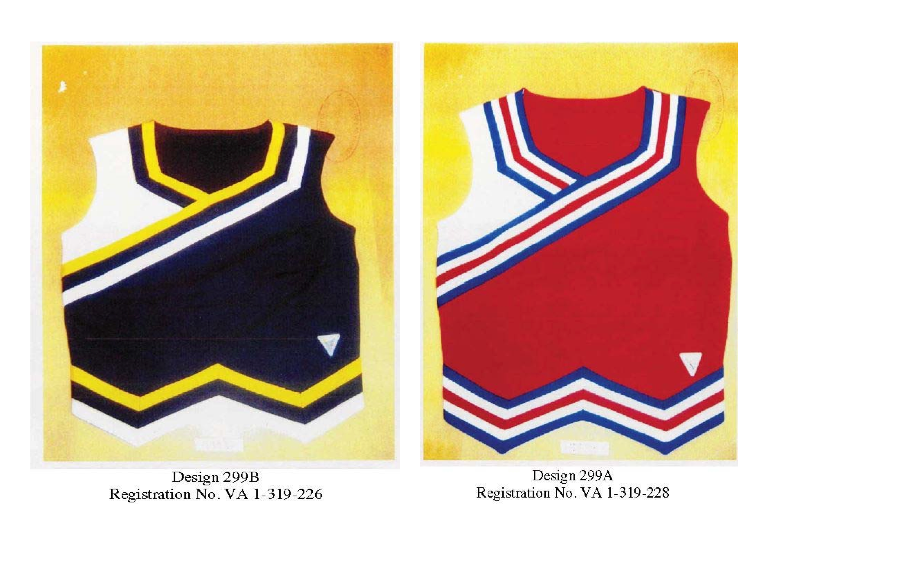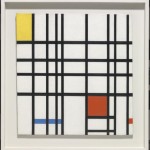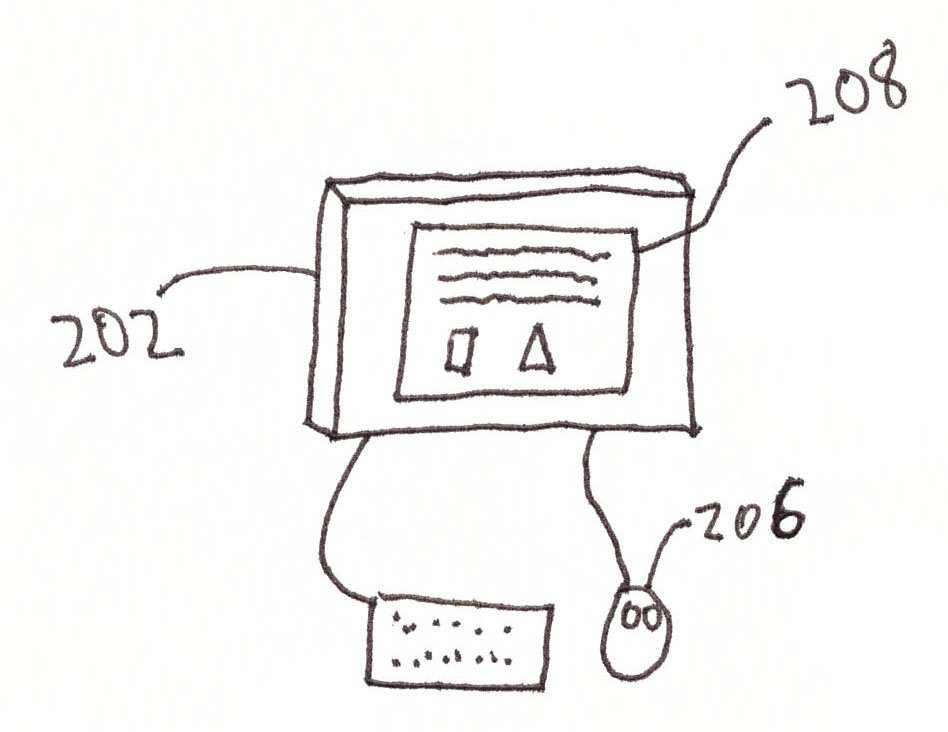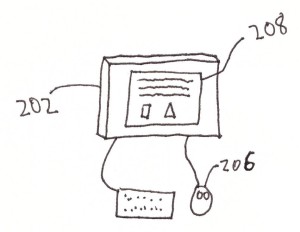Most People Are Fuzzy On IP: An Intellectual Property Primer
Written as a guest post for Lawyers and Liquor, hosted by the inimitable Boozy Barrister. If you have comments, please consider posting them on the original post, here: http://www.lawyersandliquor.com/2018/01/guest-post-most-people-are-fuzzy-on-ip-an-intellectual-property-primer/
Hello!
I’m Marc Whipple, an intellectual property attorney. I blog at Legal Inspiration and you can find me on Twitter as LegalInspire. I’m licensed to practice law in the state of Illinois and I am a registered patent attorney, which means I can appear before the United States Patent and Trademark Office on behalf of inventors wishing to file patent applications. I’ve been practicing law for over twenty years and I like to think I’m starting to get the hang of it. That said, I am a lawyer, but I am not your lawyer. Nothing in this post constitutes legal advice. Questions in the comments (or by other means) are welcome but like any lawyer I will not give specific legal advice to people who are not my clients. Okay? Okay.
The gracious host of Lawyers and Liquor asked me if I could walk his readers through the basics of “intellectual property” law, which is, in general, the law of patents, copyrights, and trademarks. These matters are relevant to, well, pretty much everything you do, especially if you’re part of this Internet thing. And most people are a little fuzzy on them. But fear not! I am an expert on fuzzy subjects. In fact, my first patent was for a fuzzy subject. (I am completely serious: https://patents.google.com/patent/US5735521A/en.) So let’s see if we can keep this from turning into a complete furball, shall we?
First of all, if you want to see some fancy-schmancy PowerPoint presentations on the topic, you can look at this post on my blog. If you prefer your information imparted by helpful robots, you can look at this one. But for now let’s just hit the basics.
First: Intellectual property, unlike real property (i.e. land) or personal property (e.g. your computer) consists of a bundle of rights which are not tied to any physical object. They can control what you can and can’t do with physical objects, but they are independent of the objects. So if you have a drawing that you had somebody else make for you, what you have is a drawing. The copyright in that drawing does not necessarily belong to you, even if it’s the only copy, even if you paid the artist to draw it, even if you told them what to draw. The same is true of patentable inventions, etc. I know this is a strange idea, but please remember it. (If strange ideas bother you, I’m not sure how you ended up here in the first place, but that’s not important now.) Furthermore these rights are all negative. That is, all intellectual property rights do is give the holder the right to tell someone else they can’t do something. They do not give anybody the right, or the obligation, to do anything.
Second: For practical purposes, the three main types of intellectual property (patents, copyrights, trademarks) have nothing to do with each other. A trademark is not a copyright is not a patent. If a particular product is patented, contains copyrighted subject matter, and is sold in association with a trademark, the patent, the copyright, and the trademark could all be owned by different people or entities. Or there could be multiple patents, copyrights, and trademarks associated with any given product, all owned by different people. This gets complicated fast. So never assume that because you (think) you know something about a copyright associated with something, that you know anything about its trademark status, etc.
Third: For the most part, intellectual property does not cross national boundaries. A US patent cannot be enforced in China, a Canadian trademark cannot be enforced in Mexico. HOWEVER, he said in bold italic underlined all-caps, in many cases is not difficult to use intellectual property valid in one country to obtain similar rights in another country. And if you are infringing in such a way that people from a country where the the rights are valid are harmed, you may be reached by the holder of the rights even if you are not in such a country. Here there be monsters.
Okay, now that that’s clear (Ha!) let’s talk about three different kinds of intellectual property, or “IP” for short (insert Bart Simpson phone call joke here.)
1) Patents
A patent is the exclusive right to practice an invention. An invention is a novel and unobvious improvement upon the prior art in the field of the invention. In the US, any “process, machine, manufacture, or composition of matter, or any new and useful improvement thereof,” is patentable, and can be protected by what is called a “utility patent.” (Most other countries have similar legal provisions.) The other kinds of patents are “design patents,” about which more later, and “plant patents,” regarding which deponent sayeth not. Unless otherwise specified, “patent” usually means “utility patent.”
The important thing about patents is that to get one, your invention must be novel and not obvious. Novel just means that no substantially similar machine, etc, can already be known to the public. You can’t patent something we already know about. The reason for this is that a patent is essentially a reward from society: the fundamental principle is, “Teach us how to do something we didn’t know how to do before, and we will give you a monopoly on it for a limited time.” There’s no benefit to society from telling us how to do something if we already know how to do it, so no patent for you.
“Obvious” is a word that just doesn’t mean the same thing to a patent lawyer that it does to a normal person. It does NOT mean that your invention isn’t clever, or that it wasn’t hard to come up with, or that it’s not a a huge improvement on the way things are usually done. The best way I know of to explain when something is “obvious” for patent purposes is to put it like this: If a person of ordinary skill in the relevant art knew every relevant public reference in the history of the world, would it be trivial for them to combine some of those references and arrive at your invention? If so, it’s obvious. If it’s obvious, we already know how to do it. No patent for you.
Once you obtain a patent, which is an expensive, complex and perilous journey, as I said you have the exclusive right to practice it. Which means that anybody else who does practice it is infringing your patent and you can sue them for damages and get an order from a court to make them stop. It doesn’t mean you have to practice it: you can stash it under your bed for the patent’s twenty-year term if you want.
It also doesn’t mean you have to stop others from practicing it. If you want you can release it into the public domain. You can simply ignore infringers. Whatevs. Many companies and organizations stockpile what are called “defensive patents,” which are patents they don’t intend to enforce, but obtained simply to keep others from doing so and/or so that they would have ammunition for a counter-suit if they themselves were sued for infringing similar patents.
Similarly, there are no Patent Police. (Nor Copyright Police, nor Trademark Police.) The only person who can do anything about patent infringement is the patent holder. This is an important IP general principle: if the holder of the IP doesn’t know about an infringement, or doesn’t care to do anything about it, that’s that. That might not be smart (especially for trademarks, see below) but it is absolutely and always the case. (Except for consumer protection matters, which are outside the scope of this post.)
I should also say two words about design patents, which are weird hybrids of copyright and patent. If you want more details, you can read this post. But in general, a design patent is a patent on the ornamental design of a useful object. For instance, one could obtain a design patent on the unique design of a costume, even if one couldn’t patent the costume itself because we all know about costumes already, buster. Anybody who wants to make a costume can still make a costume, but that can’t make THAT costume during the design patent’s fifteen year term because of course they have different terms from regular patents. They still have to be novel and non-obvious, kinda sorta, but it’s much easier and cheaper to get them.
2) Copyrights
A copyright is the exclusive right to distribute and use original creative works. Again, these are essentially rewards from society: “Publish your art so that we can benefit from it, and in exchange we will give you a monopoly on it for a limited time.” The bar for getting a copyright is much lower than the one for patents: the work must simply be original. In the US and most other countries, copyright attaches to a work as soon as it is reduced to “tangible form.” This includes bits on a hard drive, by the way. The US is somewhat unusual in that to actually enforce a copyright, the copyright has to be registered with the US Copyright Office, which is part of the Library of Congress, because of course it is. But the copyright itself exists the moment the work is created.
Unlike patents, it is entirely possible for multiple people to have copyrights in substantially similar works so long as they didn’t copy them. (This is called “parallel development” or “independent re-creation.”) So if I draw a picture of a badger, and you draw a picture of a badger, even if they’re nearly identical we both have good copyrights as long as I can’t prove you copied my picture.
Once you have a copyright, you have the exclusive right to use, publish, copy, and distribute the copyrighted work. This includes making derivative works (works based on or incorporating the copyrighted work) which are not transformative enough to qualify as new and independent works. Once you sell an authorized copy, under most circumstances a legal principle called the First Sale Doctrine means that you can’t control what the rightful owner does with the physical copy they lawfully possess. However, it doesn’t mean they can create new derivative works with it, unless that was part of the license when you sold the copy. (Spoiler: It probably wasn’t.)
Unlike patents (mostly) there are circumstances where other people are allowed to use your copyrighted works even without your permission. The most common and most often misunderstood of these is the Fair Use Defense. Before I even get into what makes a Fair Use Defense, I want you to notice that last word, defense. When you allege a Fair Use, what you are doing is saying, “Yes, I did infringe your copyright, but it’s a Fair Use so I’m allowed.” In other words, you are admitting that you infringed. This is fraught with peril. If your Fair Use Defense fails, you are screwed. This is not a good position to be in. So please consider this before using something just because you think you have a Fair Use Defense.
If you want the details of Fair Use, you can read this post. In summary, there are four factors, plus the Zeroth Factor, which determine whether a use is a Fair Use. They have to do with the relative harm the use does to the copyright holder’s rights and how strong they were in the first place. If you don’t want to read the linked post, please at least remember this: “I didn’t charge,” and “I gave them credit” do not constitute a Fair Use. Period.
3) Trademarks
Trademarks are things which function to indicate the source of a good or service in the marketplace. In a sense, trademarks are more about consumer protection than they are about the rights of the individual mark holders. Unlike patents and copyrights, trademark rights are related to the way other people see the property: if the market associates your mark with your goods and services, you can exclude others from using confusingly similar marks in association with similar goods and services. If it doesn’t, you can’t. Even the term is different: patents and copyrights have limited terms (on the order of 20 years for patents, and on the order of 100 years for copyrights.) Trademarks remain effective as long as the holder uses them and they maintain their association in the mind of the marketplace: when either of those things stops, so does the term of the trademark. (Although not RIGHT THAT INSTANT.)
Trademarks are usually words, short phrases, or logos, but anything which can reasonably form an association with a good or service can be a trademark, including a color, a series of musical notes, or possibly even a scent. As long as the association can be shown, it can be argued that a trademark exists.
It should also be noted that consumers don’t have to know what the ultimate source of the goods and services are, only that the mark indicates a consistent source. “Budweiser” brand beer is brewed by Anheuser-Busch InBev SA/NV, a Belgian transnational beverage and brewing company. Anybody who drinks beer knows what Budweiser beer is like. Some of them may know it’s brewed by a company called something like “Anheuser-Busch.” Very few of them probably know it’s brewed by a giant Belgian conglomerate, especially since they try so hard to play up its American origins. Doesn’t matter. So long as people can reasonably rely on getting the same beer-sperience every time they drink a beer labeled “Budweiser,” “Budweiser” is the trademark for that beer.
As is probably obvious, trademarks are infringed when someone uses the trademark, or something confusingly similar to it, to market similar goods and services. There is a concept called “dilution,” “blurring,” or “tarnishment” that can make this a little muddy: the holders of famous marks can sometimes argue that use of the marks even for different goods and services would be unfair to consumers and/or diminish the value of the brand. Anheuser-Busch InBev doesn’t make cars (that I know of,) yet if you tried to sell Budweiser brand automobiles, they might have something to say about it. And even if they didn’t win, they could make you ring up enough legal fees to make you sorry you tried. So don’t do that.
Other than famous marks, the only time you have to worry about infringing trademarks is if you could cause confusion in the marketplace. So if you make it reasonably clear that your use is not associated with the brand, you’re fine. Of course that sounds simple in theory but in practice arguments about what constitutes a likelihood of confusion have put a whole lot of lawyer’s kids through college. If you have questions about what constitutes a non-confusing use, you should ask a trademark attorney.
Trademark holders are notoriously vicious about protecting the value of their marks: that’s because, as we learned earlier, they only have value if the association is maintained. So they will often react very aggressively to even the possibility that someone is infringing their marks in a way that might weaken them. Losing an association is called “genericization,” and it is the death of trademarks. When a term becomes generic for a type of good or service, it can’t be a trademark. For example, “xeroxing” becoming the generic term for photocopying. If the public associates “xerox” with all photocopiers, Xerox Corporation can’t claim a unique association with their photocopiers.
For the same reason, you can’t register generic words as trademarks in the first place: allowing you the exclusive use of the word “egg” to sell eggs would unfairly disadvantage all other competitors, so you can’t claim a trademark for Egg brand eggs. There is a whole continuum of trademark strength from “generic,” which can’t be used, to “descriptive,” to “suggestive,” to “fanciful,” to “arbitrary.” The further down that list you are, the stronger your mark.
4) Trade Secrets, Et Cetera
Frankly, trade secrets are beyond the scope of this post, but they are often referred to as a fourth main type of IP, so I thought I’d mention them. Trade Secrets are just that – secrets that are valuable in trade. In other words, if information provides a competitive advantage if and only if it is kept secret, it could be a trade secret and therefore protectable by law. Disclosing trade secrets when you have an obligation not to do it can get you sued and, in extreme cases, arrested. The purpose of non-disclosure agreements, commercially, is to protect trade secrets. Once a trade secret is disclosed, it becomes worthless, at least legally.
This is why you can never, EVER have a trade secret that is protected by patent, copyright, or trademark: you have to disclose inventions and artistic works to get a patent or a copyright, and if the public doesn’t know about your mark, it can’t be a trademark because no association can possibly form. Trade secrets can be used to protect the way you make products associated with trademarks: the best example is the “Eleven Herbs and Spices” which go into Kentucky Fried Chicken’s original recipe. If nobody knows how it’s made, the making process is a trade secret even if everybody knows about the end result.
There are other legal concepts which might be bundled under “IP law,” for instance “trade dress,” which is related to, but not the same as, a trademark. Or “Moral Rights,” which are mainly important in Europe and other places full of Commies, but which have rough equivalents in US law. But these are the basics. I hope you found this post helpful (or at least interesting.) Questions are welcome either in the comments, on Twitter, or by email.
Thanks for reading!





